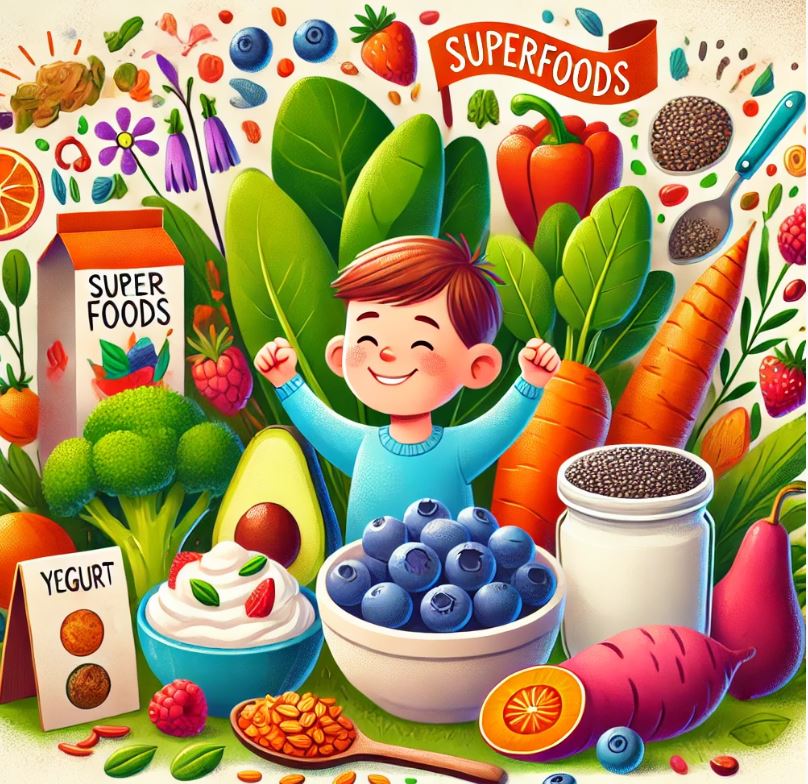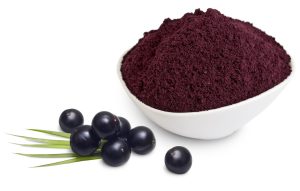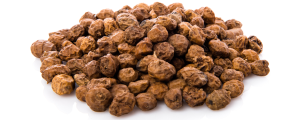Table of Contents
Introduction
As parents, ensuring that children receive the nutrients they need for proper growth and development is a top priority. In recent years, the concept of superfoods—nutrient-dense foods packed with vitamins, minerals, and antioxidants—has gained popularity. While superfoods are often discussed in the context of adult health, they are equally important for children. Introducing superfoods into a child’s diet can boost their immune system, support cognitive development, and provide the energy they need for daily activities. This article explores the best superfoods for kids, their benefits, and practical ways to incorporate them into meals.
Thank you for reading this post, don't forget to subscribe!Chapter 1: The Importance of Superfoods in a Child’s Diet
Children are in a critical phase of growth, requiring a diet rich in essential nutrients. Superfoods, such as berries, leafy greens, and seeds, provide a concentrated source of these nutrients, supporting everything from brain development to immune function.
For example, berries like blueberries and strawberries are loaded with antioxidants that protect the body from oxidative stress, while seeds like chia and flaxseeds are rich in omega-3 fatty acids, essential for brain development. Incorporating a variety of superfoods into a child’s diet can help ensure they receive a balanced intake of vitamins, minerals, and other essential nutrients, laying a strong foundation for lifelong health.
Chapter 2: Top Superfoods for Kids
1. Berries
Berries, such as blueberries, strawberries, and raspberries, are powerhouses of vitamins and antioxidants. These fruits are high in vitamin C and fiber, supporting the immune system and digestive health. The antioxidants in berries also promote brain health, making them an excellent snack or addition to breakfast cereals, smoothies, or yogurt.
2. Leafy Greens
Leafy greens like spinach, kale, and Swiss chard are rich in iron, calcium, and vitamin K—nutrients critical for bone health and blood clotting. These greens also contain folate, which is essential for brain development. While some children may resist eating greens, incorporating them into smoothies, soups, or even green pancakes can make them more appealing.
3. Chia Seeds and Flaxseeds
Chia and flaxseeds are excellent sources of omega-3 fatty acids, which are vital for brain development and cognitive function. These seeds also provide fiber and protein, contributing to sustained energy levels and healthy digestion. Sprinkling these seeds on oatmeal, yogurt, or blending them into smoothies are easy ways to add them to a child’s diet.
4. Yogurt
Yogurt is a great source of probiotics, beneficial bacteria that support a healthy gut. A healthy gut microbiome is linked to improved digestion and a stronger immune system. Yogurt also provides calcium and vitamin D, essential for bone development. Opt for plain yogurt and sweeten it naturally with honey or fruit to avoid added sugars.
5. Sweet Potatoes
Sweet potatoes are rich in beta-carotene, a precursor to vitamin A, which is crucial for vision and immune function. They are also a good source of fiber, helping with digestion. Sweet potatoes can be baked, mashed, or even used in pancakes, making them a versatile and child-friendly food.
Chapter 3: Practical Tips for Incorporating Superfoods into Your Child’s Diet
Introducing superfoods into a child’s diet doesn’t have to be challenging. Here are some strategies to make it easier:
- Smoothies: Blend fruits, leafy greens, and seeds into a smoothie for a nutrient-packed breakfast or snack. Smoothies can be a great way to include several superfoods in one meal.
- Superfood Snacks: Create healthy snacks using superfoods, such as berry parfaits with yogurt, homemade trail mix with nuts and seeds, or sweet potato fries baked with a sprinkle of cinnamon.
- Hidden Veggies: Incorporate vegetables into dishes where they are less noticeable. For example, add finely chopped spinach to pasta sauce or blend kale into pancake batter.
- Fun Presentations: Make superfoods appealing by presenting them in fun shapes or using colorful ingredients. For example, create a rainbow salad with different colored vegetables or use cookie cutters to shape fruit and veggie slices.
Chapter 4: The Role of Superfoods in Cognitive Development
Superfoods play a significant role in supporting cognitive development in children. Nutrients like omega-3 fatty acids, iron, and zinc are essential for brain function and cognitive growth. For instance, omega-3s found in chia seeds, flaxseeds, and fish are known to support concentration and memory.
Iron, found in leafy greens and beans, is critical for oxygen transport in the brain, affecting energy levels and cognitive performance. Zinc, present in seeds and nuts, supports neurotransmitter function and has been linked to better attention spans and learning capabilities. Ensuring that children receive adequate amounts of these nutrients through a balanced diet can significantly impact their academic performance and overall mental development.
Chapter 5: Overcoming Common Challenges in Feeding Kids Superfoods
One of the biggest challenges parents face is getting their children to eat nutrient-rich foods. Here are some strategies to overcome common hurdles:
- Picky Eaters: Introduce new foods gradually and pair them with familiar favorites. For example, if your child loves pasta, mix in some pureed vegetables into the sauce.
- Texture Issues: Some children may reject foods based on texture. Smoothies, purees, and soups can be great ways to modify textures while still providing the nutrients from superfoods.
- Set an Example: Children often model their eating habits after their parents. Eating a variety of superfoods yourself can encourage your children to do the same.
- Make It a Game: Engage your child in the process by letting them pick out fruits and vegetables at the store or involving them in the cooking process. Making food fun can increase their willingness to try new things.
Frequently Asked Questions
1. How can I get my child to eat more vegetables?
Try blending vegetables into soups, sauces, or smoothies, where the texture and taste can be masked. Also, involve your child in meal preparation, as they may be more willing to try foods they helped make.
2. Are superfoods safe for young children?
Yes, superfoods are safe for children and offer numerous health benefits. However, it’s important to introduce new foods gradually and watch for any signs of allergies, especially with nuts and seeds.
3. How much of these superfoods should my child eat?
There is no strict amount, but aim to include a variety of superfoods in your child’s diet regularly. For instance, a handful of berries, a serving of leafy greens, or a spoonful of chia seeds each day can provide essential nutrients.
4. Can superfoods help with my child’s picky eating habits?
Yes, superfoods can be incorporated into favorite dishes in creative ways. For example, adding spinach to smoothies or using sweet potatoes in place of regular potatoes can increase nutrient intake without drastically changing flavors.
5. What are some easy superfood recipes for kids?
Simple recipes include yogurt parfaits with mixed berries, sweet potato fries, chia seed puddings, and smoothies with spinach and fruit. These recipes are easy to prepare and kid-friendly.
Conclusion
Superfoods offer a wealth of benefits for children, supporting their growth, cognitive development, and overall health. By incorporating nutrient-dense foods like berries, leafy greens, and seeds into their diets, you can help ensure your children receive the essential nutrients they need for a healthy start in life. With a little creativity and persistence, you can make superfoods a regular and enjoyable part of your child’s diet.





